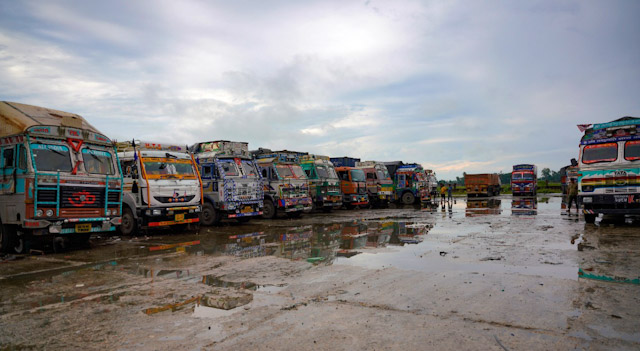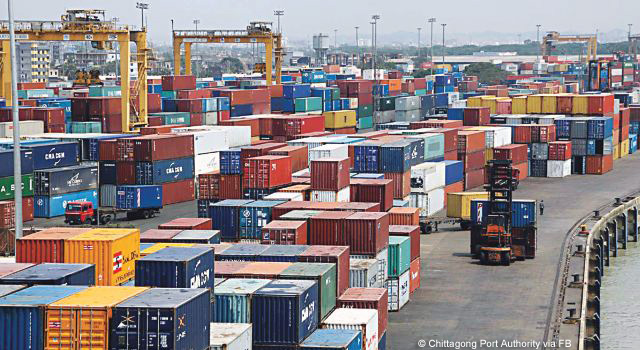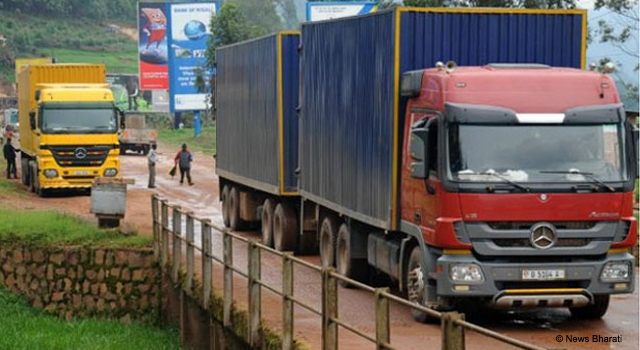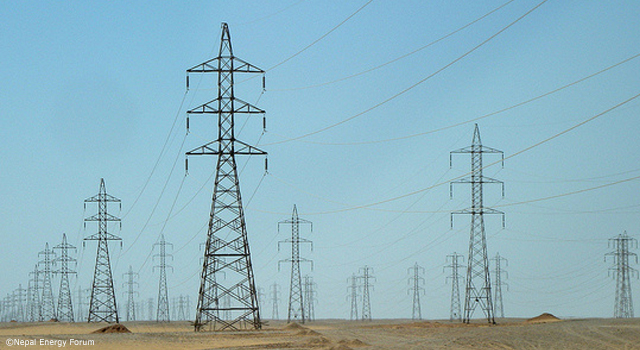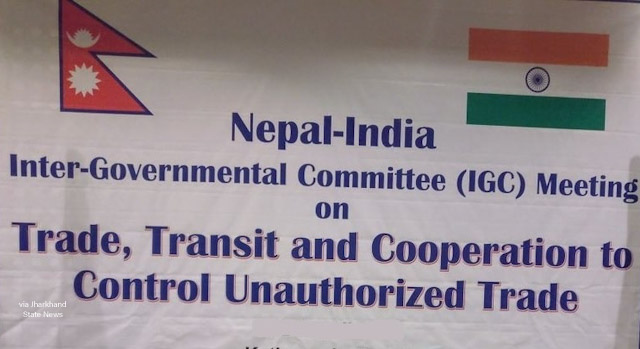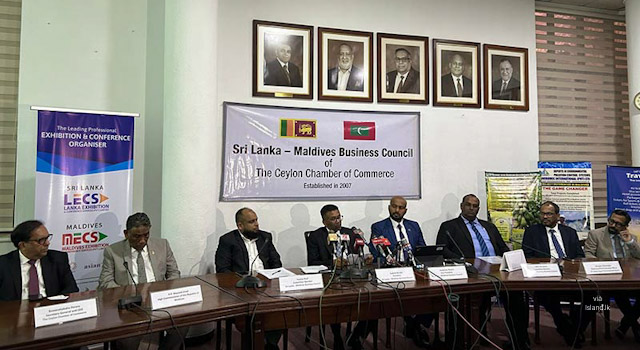
Commentary: A Framework for Financing Transport Connectivity in the BIMSTEC Region
27 May 2024
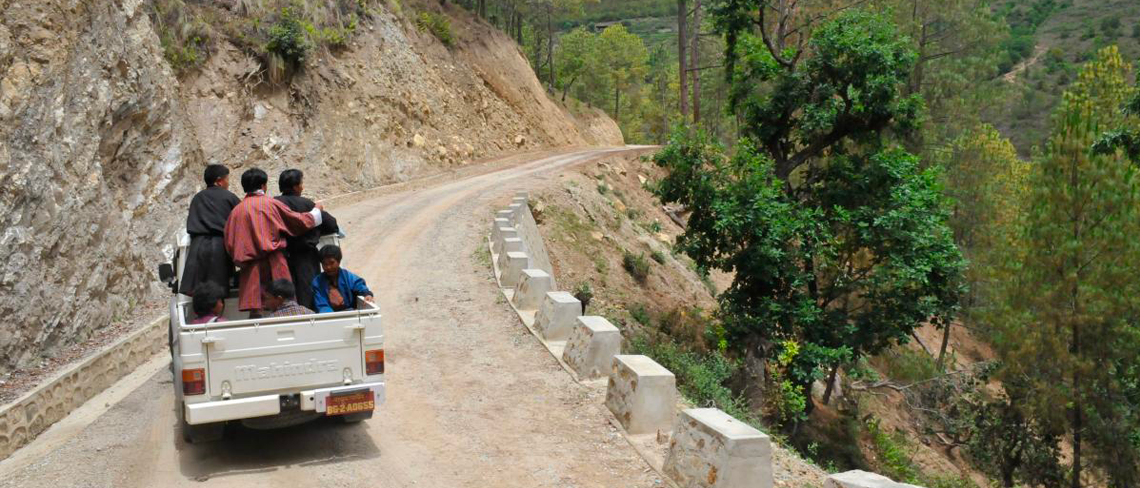
To support the Bay of Bengal Initiative for Multi-Sectoral Technical and Economic Cooperation (BIMSTEC) region in developing an efficient transport network and develop infrastructure, BIMSTEC member countries adopted the BIMSTEC Master Plan for Transport Connectivity in March 2022. The plan identifies 267 transport projects requiring about $124.4 billion in investments from 2018 to 2028. This article appears on the Development Asia website.
Commentary: A Framework for Financing Transport Connectivity in the BIMSTEC Region
Introduction
Transport connectivity is essential for regional cooperation and integration. An efficient transport network boosts free trade area, promotes trade and investment, and advances cooperation in tourism and cultural exchanges. The Bay of Bengal Initiative for Multi-Sectoral Technical and Economic Cooperation (BIMSTEC) region still has a long way to go to achieve an efficient transport network, as its infrastructure remains underdeveloped. To address this, BIMSTEC member countries adopted the BIMSTEC Master Plan for Transport Connectivity in March 2022. The BIMSTEC countries are Bangladesh, Bhutan, India, Myanmar, Nepal, Sri Lanka, and Thailand.The Master Plan identifies 267 transport projects requiring about $124.4 billion in investments over 2018–2028. Viable financing remains a major challenge for developing and implementing these projects. A comprehensive and sustainable financing framework is vital for their success.
Key Facets Affecting the Financing of Transport Projects
The financing of transport connectivity projects in the BIMSTEC region is influenced by four key facets: financing resources, financing, private sector participation, and regional institutional structure/enablers.
- Insufficient government funding. Government budgets, the primary funding source for transport projects, are constrained by rising debt and fiscal deficits. In 2023, all BIMSTEC member states had fiscal deficits exceeding the 3% of GDP threshold (Figure 2).
- Limited financing options. Most BIMSTEC countries have nascent capital markets, relying mainly on over-the-counter lending by domestic commercial banks and specialized nonbank financial institutions. Institutional funds, such as pension, insurance, and private equity funds, have limited participation.
- Lack of private sector interest. Transport projects often have difficulties to attract private investors due to long gestation periods and high construction risks. BIMSTEC countries generally lack experience with public–private partnerships (PPPs) in transport infrastructure.
- Inadequate institutional structure and enablers. The region lacks a comprehensive framework and sufficient institutional capacity for planning, preparing, implementing, and monitoring cross-border transport projects. Diverse technical standards and varying policy and regulatory environments further complicate regional transport projects.
Proposed Overarching Financing Framework
Developing an overarching financing framework for BIMSTEC transport connectivity projects involves interventions across five main segments and themes, as shown in Figure 3.
Measuring and allocating economic value. Over 50% of BIMSTEC Master Plan projects in the planning stage have significant cross-border implications. Current economic analyses are conducted at the national level, often excluding neighboring country impacts. BIMSTEC countries should adopt a broader economic analysis framework to measure the shared economic benefits of cross-border projects.
Capturing economic value. Project bankability is crucial for attracting financing. A project is bankable if it has reliable mechanisms within a supportive environment to capture its economic value and generate sufficient income to cover costs. Options for funding include user charges, capital grants, and operational support through revenue or foreign exchange risk guarantees. Due to budget constraints, BIMSTEC countries should explore asset recycling, securitization, land-value capture, non-toll revenue sources, targeted taxation, and carbon pricing to raise funds.
Enhancing value. Attracting private players through various PPP modalities can drive efficiency in developing and operating transport projects. BIMSTEC countries need to develop the capability to conduct financial and value-for-money assessments for PPP projects. Key considerations include robust project planning and preparation, risk-sharing model concession agreements, legal structures in concession agreements for special purpose vehicles, and effective dispute resolution systems.
Developing institutional capacity. Stakeholders, including project authorities, BIMSTEC governments, multilateral development banks, and development partners, must work together to improve project bankability. Country-level interventions should focus on enabling regulations for raising long-term capital and building institutional capacity. Multilateral and bilateral institutions can provide technical assistance to enhance project appraisal capacity. Multilateral development banks can offer credit and loan guarantees to deepen capital markets for institutional investors. Increasing the capacity of existing and new financing institutions and capital markets is crucial to fund transport infrastructure projects.
Channeling financing into projects. To enhance bankability, three interventions are proposed:
- Standardizing coordination and decision-making processes, following models like ASEAN and the EU.
- Encouraging BIMSTEC countries to create transnational regulatory regimes, standardized contract agreements, and harmonized technical standards.
- Recognizing BIMSTEC Master Plan projects as priority projects in member countries.
Ringfenced funding sources are needed for cross-border projects, often seen as high risk by commercial financers and competing with domestic infrastructure priorities. Two fund options under the proposed BIMSTEC Development Fund (BDF) are:
- Fund A: Contributions from member governments to finance regional projects with significant social and economic benefits but limited commercial viability.
- Fund B: Securing low-cost, long-term capital and attracting private sector investment for infrastructure development.
Additionally, establishing a regional financing hub in the BIMSTEC region can be considered.
Conclusion
Addressing the challenges in financing transport connectivity projects in the BIMSTEC region requires a multifaceted approach. The proposed financing framework offers strategies to bridge the financing gap. It is critical to maintain dialogues with BIMSTEC countries and other stakeholders to implement and refine this framework, overcoming financing bottlenecks to accelerate the implementation of transport connectivity projects.



